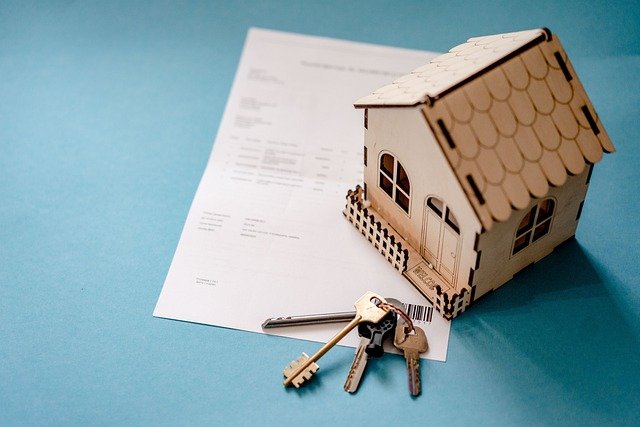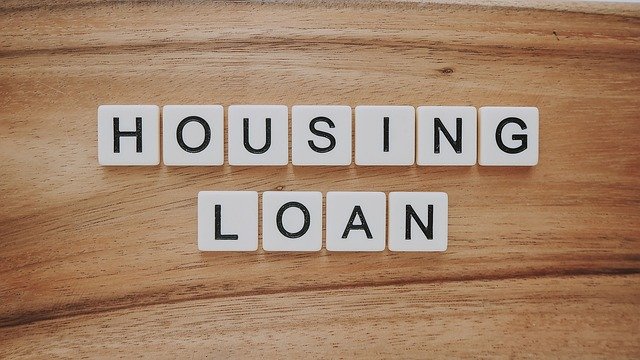Understanding FHA Loans: A Comprehensive Guide for First-Time Homebuyers
Federal Housing Administration (FHA) loans have become a popular choice for many first-time homebuyers, particularly those with lower incomes or less-than-perfect credit. This comprehensive guide will explore the ins and outs of FHA loans, from the application process to credit score requirements and closing costs.

What is an FHA loan and how does it differ from conventional loans?
An FHA loan is a mortgage insured by the Federal Housing Administration, designed to help more Americans achieve homeownership. Unlike conventional loans, FHA loans are backed by the government, which allows lenders to offer more favorable terms to borrowers. Key differences include:
-
Lower down payment requirements: FHA loans typically require a minimum down payment of 3.5%, compared to 5-20% for conventional loans.
-
More lenient credit score requirements: Borrowers with credit scores as low as 580 may qualify for FHA loans.
-
Higher debt-to-income ratio allowances: FHA loans often permit higher debt-to-income ratios than conventional loans.
-
Mortgage insurance: FHA loans require both upfront and annual mortgage insurance premiums.
What are the credit score requirements for FHA loans?
While FHA loans are known for their more lenient credit requirements, there are still minimum standards to meet:
-
Credit score of 580 or higher: Borrowers with this score can qualify for the 3.5% down payment option.
-
Credit score between 500-579: Applicants may still be eligible but will need to make a 10% down payment.
-
No credit score: It’s possible to qualify for an FHA loan without a traditional credit score, using alternative credit history like rent or utility payments.
It’s important to note that while these are FHA guidelines, individual lenders may have stricter requirements, known as “lender overlays.”
How does the FHA loan application process work?
The FHA loan application process involves several steps:
-
Check your credit score and report to ensure accuracy.
-
Gather necessary financial documents, including pay stubs, tax returns, and bank statements.
-
Get pre-approved by an FHA-approved lender to determine how much you can borrow.
-
Find a property that meets FHA guidelines and make an offer.
-
Complete the full loan application with your chosen lender.
-
Undergo the FHA appraisal process to ensure the property meets minimum standards.
-
Close on your loan and become a homeowner.
Throughout this process, your lender will guide you and request additional information as needed.
What are the typical closing costs associated with FHA loans?
Closing costs for FHA loans can vary but typically range from 2% to 6% of the loan amount. These costs may include:
-
Upfront Mortgage Insurance Premium (UFMIP): 1.75% of the loan amount
-
Appraisal fee: $300-$500
-
Home inspection: $300-$500
-
Title search and insurance: $300-$2,500
-
Origination fee: 0.5% to 1% of the loan amount
-
Credit report fee: $30-$50
-
Recording fees: Vary by location
It’s worth noting that some of these costs can be rolled into the loan or covered by seller concessions, subject to FHA limits.
Are there any special FHA programs for low-income buyers?
FHA offers several programs to assist low-income buyers:
-
FHA 203(k) Rehabilitation Loan: Allows buyers to finance both the purchase and renovation of a home in one loan.
-
Good Neighbor Next Door Program: Offers significant discounts to law enforcement officers, teachers, firefighters, and EMTs in certain areas.
-
FHA Energy Efficient Mortgage: Helps finance energy-efficient improvements as part of the home purchase or refinance.
-
HUD Homeownership Voucher Program: Assists very low-income families in using their housing choice vouchers to purchase a home.
These programs can make homeownership more accessible for those with limited financial resources.
What should buyers know about FHA loan limits and down payment assistance?
FHA loan limits vary by county and are adjusted annually. As of 2023, the limits range from $472,030 to $1,089,300 for single-family homes, depending on the area’s median home prices.
| Loan Limit Type | Low-Cost Area | High-Cost Area |
|---|---|---|
| Single-Family | $472,030 | $1,089,300 |
| Two-Family | $604,400 | $1,394,775 |
| Three-Family | $730,525 | $1,685,850 |
| Four-Family | $907,900 | $2,095,200 |
Prices, rates, or cost estimates mentioned in this article are based on the latest available information but may change over time. Independent research is advised before making financial decisions.
Down payment assistance programs are available in many states and localities, often in the form of grants or low-interest loans. These can be used in conjunction with FHA loans to further reduce upfront costs for buyers.
While FHA loans don’t offer a true “zero down payment” option, combining an FHA loan with down payment assistance can significantly reduce the out-of-pocket expenses for eligible buyers.
In conclusion, FHA loans offer a pathway to homeownership for many who might otherwise struggle to qualify for a mortgage. By understanding the process, requirements, and associated costs, prospective buyers can make informed decisions about whether an FHA loan is the right choice for their homeownership journey.




